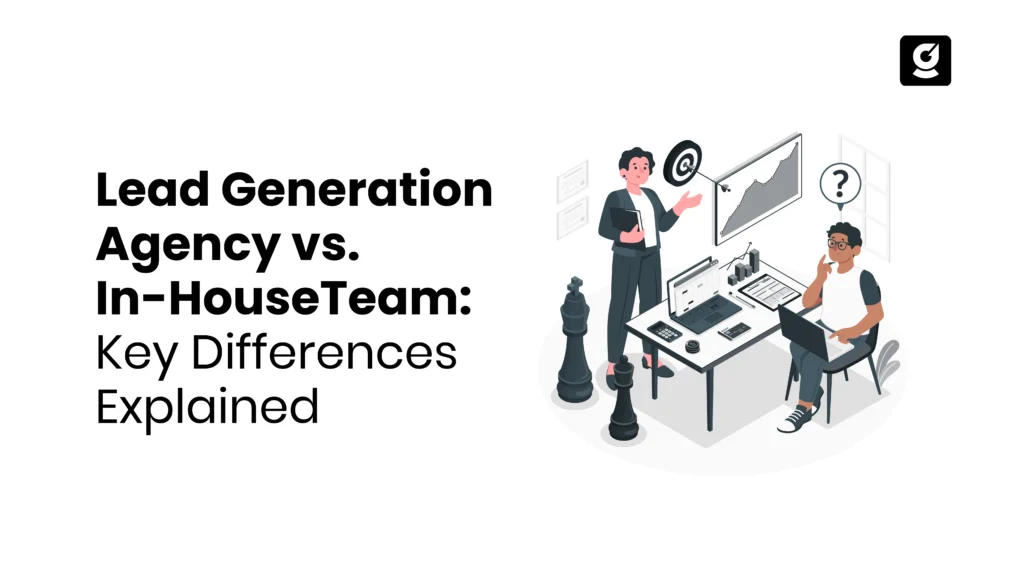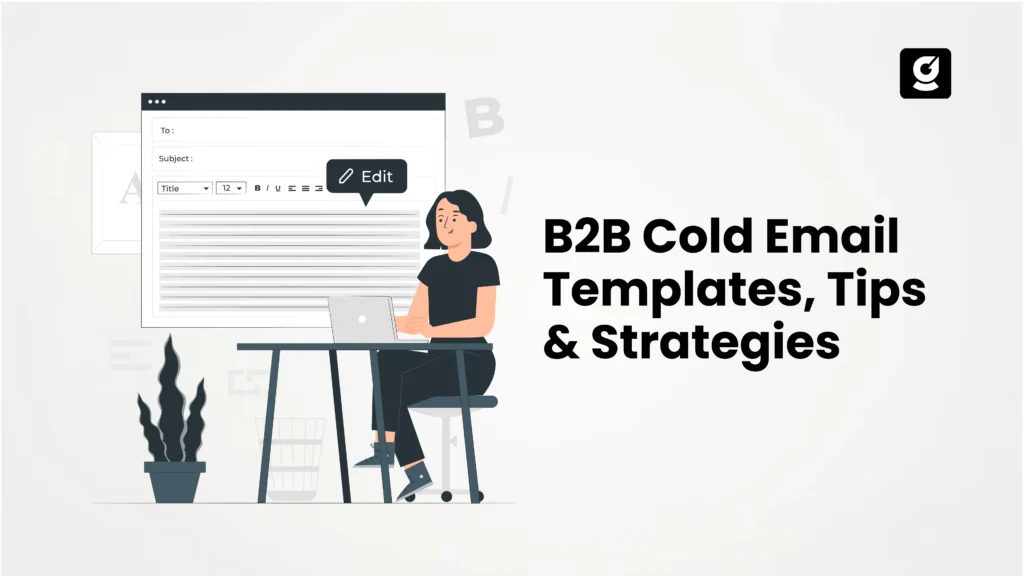The SaaS market is growing fast, with over 30,000 SaaS companies worldwide competing for attention. In such a crowded space, publishing content alone isn’t enough to stand out.
As author Ann Handley says, “Good content isn’t about storytelling. It’s about telling a true story well.” It is precisely where structured SaaS content makes a difference.
To attract and convert the right audience, your content needs to do two things well: rank in search and guide readers toward action. Many SaaS brands focus on one aspect and overlook the other — but both are crucial to driving growth.
While reading this write-up, you’ll learn how to structure SaaS content for better SEO performance and stronger conversions. We’ll cover proven techniques you can apply to your blog, website, and resource hub insights often used by top SaaS SEO content writing services to create content that delivers long-term results.
Why Structuring Your SaaS Content Matters?

Creating SaaS SEO content isn’t about writing articles and hitting ‘publish.’ How you structure your content plays a crucial role in its performance, both with search engines and with readers.
There is a clear difference between good content and content that generates results.
High-quality SaaS SEO content can rank well and be widely shared, making it a valuable asset. Great SaaS content drives organic traffic and turns that traffic into leads or customers. The structure is what helps bridge that gap.
Here’s how structure influences outcomes:
SEO Performance
Search engines rely on a clear structure to understand your content. Logical headings, organized sections, and internal links make it easier for your pages to rank for the right terms.
On-page engagement
A well-structured piece keeps readers moving. Short paragraphs, strong subheadings, and helpful visuals guide them through the page. It improves time on site and reduces bounce rates—both necessary SEO signals.
Conversion rates
The structure also affects how likely readers are to take action. Placing CTAs where they make sense, building natural content flows, and addressing questions in the correct order can move readers from awareness to interest—and, ultimately, to conversion.
If you want your SaaS content to bring lasting value, the structure is where you start.
How to Structure Individual SaaS Content Pieces for SEO

Even great ideas can fall flat if your SaaS SEO content isn’t structured well. Readers expect clarity and flow. Search engines do, too. A clear structure helps your content rank, hold attention, and convert. Here’s to building it right:
A. Start with an SEO-Optimized Outline
Why outlining is critical.
An outline helps you plan the flow of your SaaS SEO content before you write. It ensures that your key points appear in the correct order and that nothing important is left out. Without it, your content can easily lose focus or feel repetitive.
Tips for balancing keyword placement and readability
- Place your primary keyword in the title and at least one subheading.
- Use variations of your keyword naturally throughout the text.
- Never force keywords into sentences. Prioritize clarity and flow.
- Think of your reader first and search engines second.
B. Use Topic Clusters & Pillar Pages
How do SaaS topic clusters work?
A topic cluster is a group of related articles that link to a central “pillar” page. The pillar covers the broad topic (e.g., SaaS content marketing), while the cluster pages delve into related subtopics in greater detail. This structure helps you rank for both high-volume and long-tail keywords.
Internal linking best practices
- Link related articles naturally within your content.
- Use descriptive anchor text (not just “click here”).
- Make sure your pillar pages link back to cluster pages.
- Avoid including too many links in a single section; keep the content functional and easy for readers to navigate.
C. Optimize Headlines, Subheadings & Meta Tags
Writing SEO-friendly H1-H6 tags
- Use one H1 tag — your title — and include the primary keyword if it fits naturally.
- Use H2s to break the content into logical sections.
- Use H3s for subpoints under H2s.
- Keep headings short, clear, and focused on user intent.
Crafting CTR-driven meta titles and descriptions
- Include the primary keyword in both your meta title and description.
- Write the title like a promise — what will the reader gain?
- Use the description to encourage clicks by previewing key value points.
- Keep meta titles under 60 characters and descriptions under 155 characters.
D. Prioritize Readability & Visual Structure
Short paragraphs, scannable content
- Limit paragraphs to 2-4 sentences.
- Use bullet points and numbered lists to break down complex ideas.
- Insert enough white space to avoid visual clutter.
Visuals, screenshots, tables, infographics
- Support key points with images where it helps understanding.
- Use tables to simplify comparisons.
- Add screenshots to demonstrate product features or steps.
- Use captions to explain what each visual adds to the content.
E. Content Depth vs. Fluff
How long should SaaS SEO content be?
There’s a fixed rule. Most high-performing SaaS content falls between 1,500 and 2,500 words. But quality matters more than length. Cover your topic fully without padding the word count.
When to go deep vs. when to stay concise
- Go deep when covering complex topics or buyer decision points.
- Stay concise for definitions, checklists, or top-of-funnel content where readers want quick answers.
- Always focus on value: if a section doesn’t fit the reader, cut it.
Proven SaaS Content Strategy for Maximum Results
A clear strategy makes the difference between scattered efforts and SaaS SEO content that steadily drives traffic and conversions. The proper structure helps you cover topics your audience cares about and keeps your content working long after it’s published.
Here’s how to plan and structure your SaaS content strategy for results that compound over time:
A. Content Calendar Planning
Identifying high-impact topics
- Look at your target audience’s questions through customer conversations, support tickets, search data, and competitor research.
- Identify topics related to the pain points your product addresses.
- Prioritize content that aligns with keywords you can realistically rank for (using SEO tools).
- Include both top-funnel awareness topics and deeper product-related topics that can drive conversions.
Aligning with product launches and updates
- Plan content around key product releases and feature updates to ensure a cohesive narrative that supports a consistent brand message.
- Use blog posts, guides, and help content to support the adoption of new features.
- Promote product-related content across channels when launching updates.
- Coordinate your content calendar with your marketing and product teams to ensure seamless collaboration and alignment.
B. Creating Evergreen vs. Campaign Content
Balancing both in your SaaS SEO content plan
- Evergreen content — timeless topics that remain relevant for years.
- Campaign content — time-bound content tied to launches, events, or the latest SaaS based trends.
Why balance both?
- Evergreen content builds a foundation of steady organic traffic.
- Campaign content captures short-term opportunities, keeping your content fresh and relevant.
- Together, they help you consistently rank while supporting your ongoing marketing goals.
Tips:
- Keep at least 60–70% of your SaaS SEO content evergreen.
- Use campaign content to drive attention to specific initiatives and products.
C. Leveraging First-Party Data for Unique Insights
How to differentiate your SaaS content from competitors
Many SaaS blogs repeat the same tips from familiar sources. First-party data is what sets you apart.
Ways to use your data:
- Share trends or benchmarks based on anonymized product usage data.
- Write case studies featuring real customer outcomes.
- Run original surveys and publish findings.
- Utilize insights from your support team to identify common customer challenges and corresponding solutions.
Boost SEO and Conversions with growth.cx SaaS Content Framework

growth.cx is a specialized B2B SaaS marketing agency for businesses to improve their reach. The team collaborates with founders, marketing leads, and growth teams to transform SaaS SEO content into a consistent source of SEO traffic and high-quality conversions.
Rather than offering generic SEO advice, growth.cx provides AI SEO services tailored to build SaaS SEO content engines that align with each company’s goals, whether that’s growth, brand visibility, or product-led expansion.
growth.cx’s Framework in SEO
Marketing-Led SEO
- Technical SEO: This ensures that your SaaS content is easily discoverable and indexable by search engines.
- On-page SEO: Each page is optimized to perform effectively and achieve high rankings.
- Off-page SEO: Backlink building is part of the strategy from the start.
- Enhance impressions and traffic by optimizing and updating content.
- Focus on conversion rate optimization to turn traffic into leads and signups.
Product-Led SEO
- Include product use cases in educational content. Blog posts, whitepapers, and guides should demonstrate real-world mental ways your approach solves key problems.
- Leverage partner visibility. Collaborate with integration partners and get featured on their sites, building both awareness and backlinks.
- Build a marketplace presence. A strong G2 profile can drive both direct traffic and SEO value. growth.cx helps you optimize for this.
Content-Led SEO
Content planning and execution are central to the growth.cx framework.
- Target user questions and trending topics. Keyword research focuses on what genuine buyers are searching for, not just vanity terms.
- Cluster your SaaS content—group-related articles and guides to build topical authority and create clear navigation paths.
- 6-month content calendar. The first six months focus on aggressive content production based on a research-driven calendar.
- UX monitoring and optimization. growth.cx doesn’t stop at publishing. They track user engagement and adjust content and strategy to improve relevance and conversions.
Checklist to Scale SaaS SEO Marketing with growth.cx
When you work with growth.cx, here is a practical checklist to use to guide your SaaS SEO content growth:
- Keyword discovery — Find the right topics and terms to target.
- Product marketing content — Build trust and demonstrate product value through content.
- Full site health check — Fix any SEO or performance blockers first.
- Custom content strategy — Tailored to your product and market.
- Deep business understanding — Know your buyers and their needs before creating content.
- Content that drives qualified traffic — Prioritize quality over quantity.
- Continuous observation and optimization — Measure what matters and refine accordingly.
- Always aim for positive impact — Even small content wins contribute to long-term growth.
By following this framework, this SaaS SEO agency can help to structure content in a way that delivers across all fronts — SEO, user engagement, and conversions.
Final Thoughts
Structured SaaS content plays a key role in building organic traffic and driving conversions. When your content is organized with a precise flow and purpose, it helps search engines understand your pages, making it easier for readers to engage.
The strong structure also supports a positive user experience, guiding visitors toward actions that have a positive impact on your business. To apply this approach to your SaaS blog or resource hub, begin by mapping out topic clusters that align with your audience. Use detailed outlines to bring clarity to each piece and focus on readability.
Continue to optimize both new and existing content based on its performance. Minor, consistent improvements will compound over time. If you want expert help structuring your
Get the benefits of SaaS SEO content to drive traffic and conversions, and check out growth.cx — trusted by leading SaaS brands.




